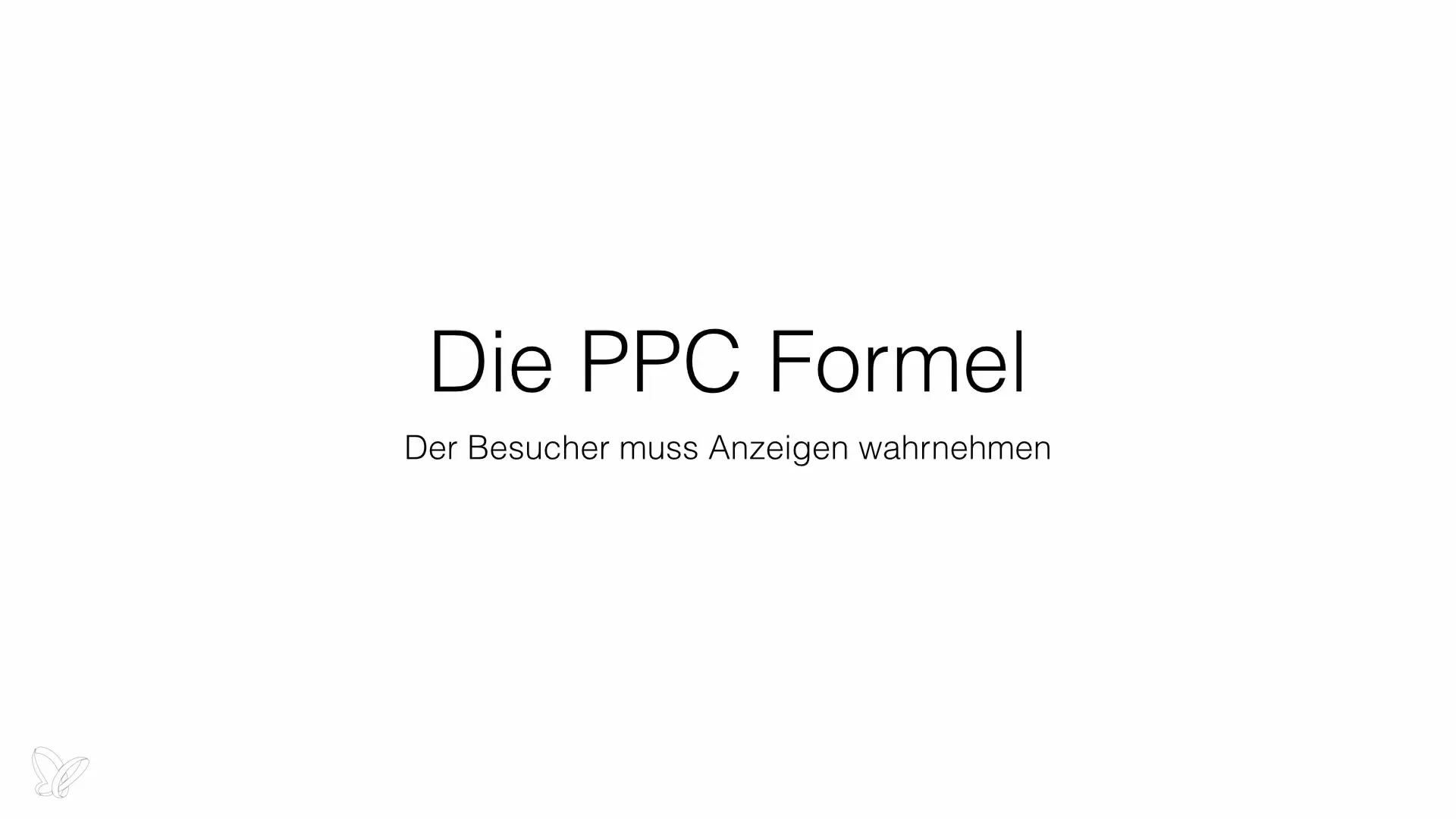Do you want to earn money with Google AdSense? The key to success lies in the targeted perception of the ads. When visitors come to your website, it is essential that they notice the ads and click on them. Many AdSense account holders struggle to achieve significant revenue, often due to a lack of user attention on the ads. This guide will help you overcome this challenge and increase the click-through rate (CTR) of your ads.
Key insights The perception of ads is a crucial factor for success with AdSense. Most users ignore ads because they are in an information mode. Ads need to be placed in a way that they come into the visual focus of the user. Good content, combined with strategically placed ads, leads to higher revenues.
The reasons for low click rates
The problem often lies in what is called "Ad Blindness". Users who regularly surf the internet have learned to ignore ads. They read content and skim over anything that looks like advertising. If ads are simply embedded somewhere on your website without considering the context of the content, they are likely to be overlooked. This is not what you want.

To draw attention to the ads, it is necessary to convey a need to users to notice the ads. You must ensure that users have a clear incentive to click on the ad. Only then can you generate sustainable revenue.
Step 1: Understand visitor intent
First, make it clear that visitors come to your website in different modes. They may be in an "information mode," where they simply want to read and do not want to click on any additional content. Therefore, it is important that the ads are perceived as relevant and useful.
Step 2: Generate relevant offers
One way to draw attention to your ads is to incorporate offers that give users exactly what they are looking for. For example, you can offer downloads of useful templates. When users land on your website because they are looking for a specific download, they already have an interest that is based on a search for a solution.
Step 3: Optimize ad placement
The placement of ads plays a significant role in their perception. You can test different ad formats and analyze which positions achieve the highest interaction rates. It has been shown that ads placed in central visibility areas or near content that actively interests users generate more clicks.
Step 4: Provide added value through content
Ensure that there is also useful content surrounding your ads. This content should stimulate users' curiosity and encourage them to learn more about the topic. For example, if you offer templates for coloring pages, additional content could include tips on how to hold a pencil for children.
Step 5: Support user experience
Enable users to quickly find the resources offered. You can achieve this by clearly structuring your website. Remember that users not only read your articles but also specifically search for some offers. Therefore, the download link should be placed so that it immediately catches the eye while the ads appear nearby.
Step 6: Experiment and measure results
Systematically apply the methods described in the previous steps and test your approaches. Conduct A/B tests with various variables to find out which placement and type of ads yield the best results. Note the outcomes and adjust your strategy accordingly.
Summary
To succeed with Google AdSense, you need to draw the attention of your website visitors to the ads. This can be achieved by providing relevant content, optimizing the user experience, and strategically designing the ad placement.
Frequently Asked Questions
How can I increase the click rate of my ads?By providing relevant offers and strategically placing the ads.
What does "Ad Blindness" mean?It is the tendency of users to ignore or overlook ads.
Why is the value of content important?Good content piques interest and supports the perception of ads.
How often should I test my ad placement?Regular tests are advisable to achieve the best results.
What types of offers can I provide?Templates, eBooks, downloads of useful resources, or checklists are effective.


